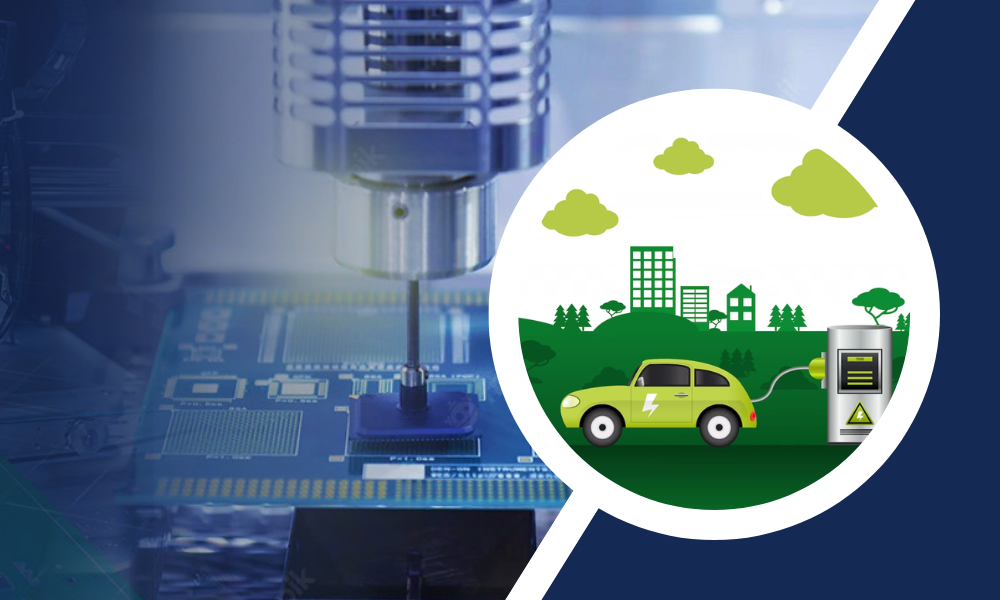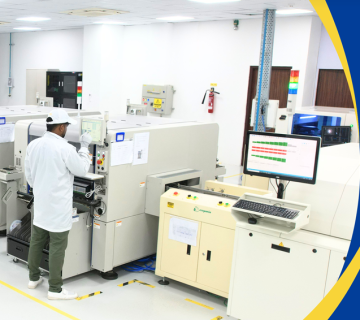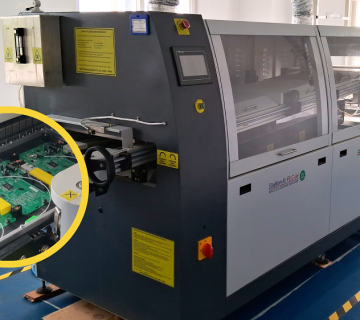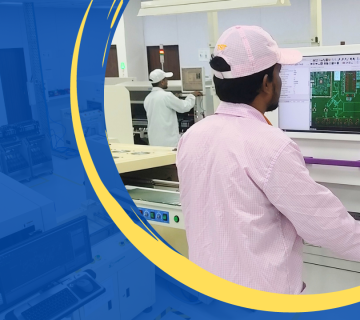
Electric vehicles (EVs) are becoming increasingly popular as more people become aware of the environmental benefits of using EVs over traditional gasoline-powered vehicles. The growth of the EV industry has created a demand for innovative solutions that can enhance the performance and efficiency of EVs. One such area of innovation is in the printed circuit board (PCB) assembly for EVs. In this blog post, we will discuss some emerging technologies in PCB assembly for electric vehicles.
- High-Density Interconnect (HDI) PCBs:
HDI PCBs are designed to reduce the size and weight of electronic devices, while increasing their functionality. HDI PCBs are ideal for EVs because they allow more components to be placed on a single board, which saves space and weight. This technology is particularly important in EVs, where space and weight are at a premium.
- Flex and Rigid-Flex PCBs:
Flex and rigid-flex PCBs are designed to bend and flex without breaking. These PCBs are ideal for EVs because they can be shaped to fit into tight spaces and odd shapes. This technology is particularly important in EVs, where space is limited and the design of the vehicle is often unconventional.
- 3D Printing of PCBs:
3D printing is a relatively new technology that is quickly gaining popularity in the PCB industry. 3D printing allows manufacturers to create complex shapes and designs that are not possible with traditional PCB manufacturing techniques. This technology is particularly important in EVs, where space is at a premium and unique shapes are required.
- Automated Optical Inspection (AOI):
Automated Optical Inspection (AOI) is a technology that uses cameras and software to inspect PCBs for defects. AOI is particularly important in EVs, where reliability is critical. This technology allows manufacturers to quickly and accurately detect defects, which reduces the risk of failure in the field.
- Surface Mount Technology (SMT):
Surface Mount Technology (SMT) is a PCB manufacturing process that allows for smaller components to be placed on the board. SMT is particularly important in EVs, where space is at a premium. SMT also allows for more efficient use of space on the PCB, which can lead to increased functionality and performance.
- Embedded Components Technology:
Embedded Components Technology is a process that allows components to be embedded directly into the PCB. This technology is particularly important in EVs, where space is at a premium. By embedding components directly into the PCB, manufacturers can save space and weight, which can lead to increased efficiency and performance.
In conclusion, the emerging technologies in PCB assembly for electric vehicles are aimed at reducing the size and weight of electronic components, while increasing their functionality and reliability. These technologies are particularly important in EVs, where space and weight are at a premium, and reliability is critical. Manufacturers who adopt these technologies will be able to create more efficient and reliable EVs that meet the growing demand for eco-friendly transportation.




No comment